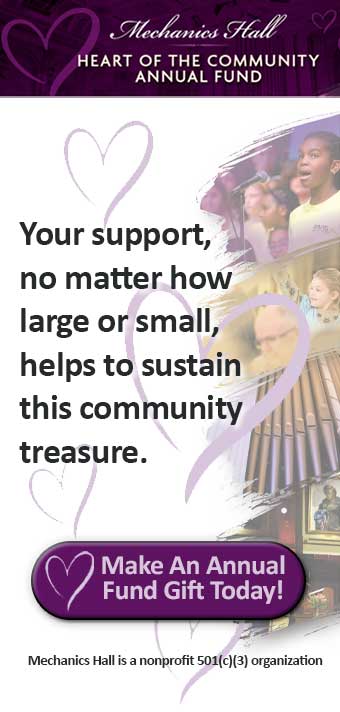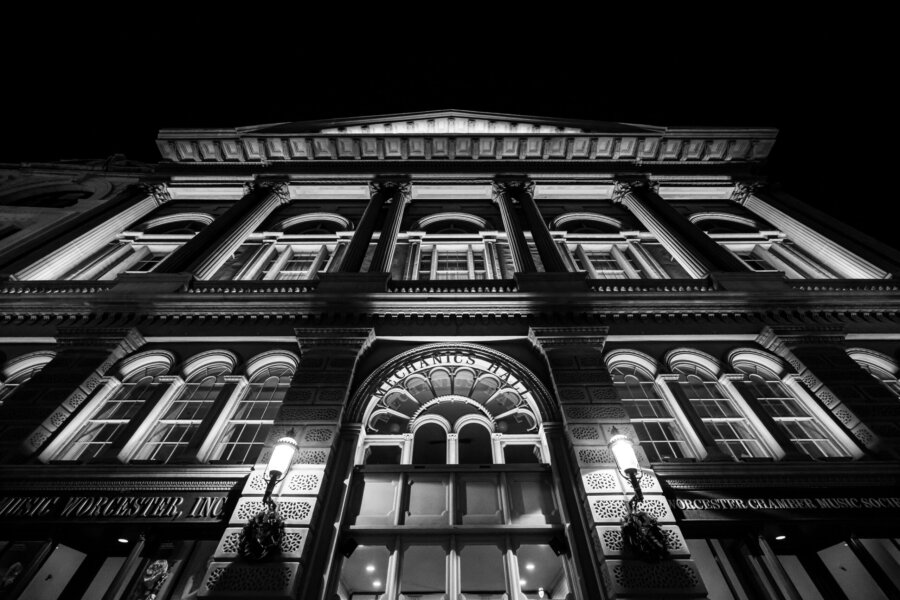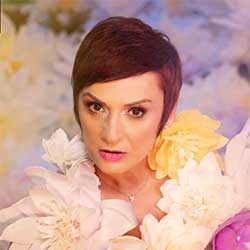
Music Worcester presents: Philip Glass Ensemble has ended. It was on October 18, 2024 at 8:00 pm.
Upcoming Events
Music Worcester presents: Philip Glass Ensemble
October 18, 2024 @ 8:00 pm - 10:00 pm

Philip Glass Ensemble
The Philip Glass Ensemble (PGE) comprises the principal performers of the music of Philip Glass. In 1968, Glass founded the PGE in New York City as a laboratory for his music. Its purpose was to develop a performance practice to meet the unprecedented technical and artistic demands of his compositions. In pioneering this approach, the PGE became a creative wellspring for Glass, and its members remain inimitable interpreters of his work.
The artists of the PGE recognize their unique position in the history of music of the past half-century, and passing on that legacy is part of their practice. A deep dedication to educating the next generation of musicians is integral to the PGE’s work, both on tour and as the Ensemble-in-Residence at The Philip Glass Institute at The New School.
The PGE debuted at the Whitney Museum of American Art in 1969, and in its early years performed primarily in the galleries, artist lofts, and museums of SoHo’s then-thriving artistic community. In the five decades since, the PGE has performed in world-renowned music festivals and concert halls across five continents, and has made records with Sony, Nonesuch, and Orange Mountain Music.
Many of Philip Glass’s most celebrated works were expressly composed for the PGE: its core concert pieces Music in Twelve Parts, Music in Similar Motion, and Music with Changing Parts; the opera and musical theater projects Einstein on the Beach, Hydrogen Jukebox, 1000 Airplanes on the Roof, Monsters of Grace; and the full-length dance works Dance (Lucinda Childs) and A Descent Into the Maelström (Australian Dance Theater). The PGE is most widely acclaimed for its soundtracks to Godfrey Reggio’s trilogy of wordless films: Koyaanisqatsi, Powaqqatsi, and Naqoyqatsi. It is also featured in Glass’s operas La Belle et la Bête and The Photographer.
TICKETS
Program
Music in Eight Parts (1969/2017)
Glassworks (1981)





